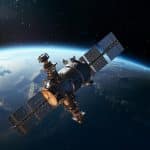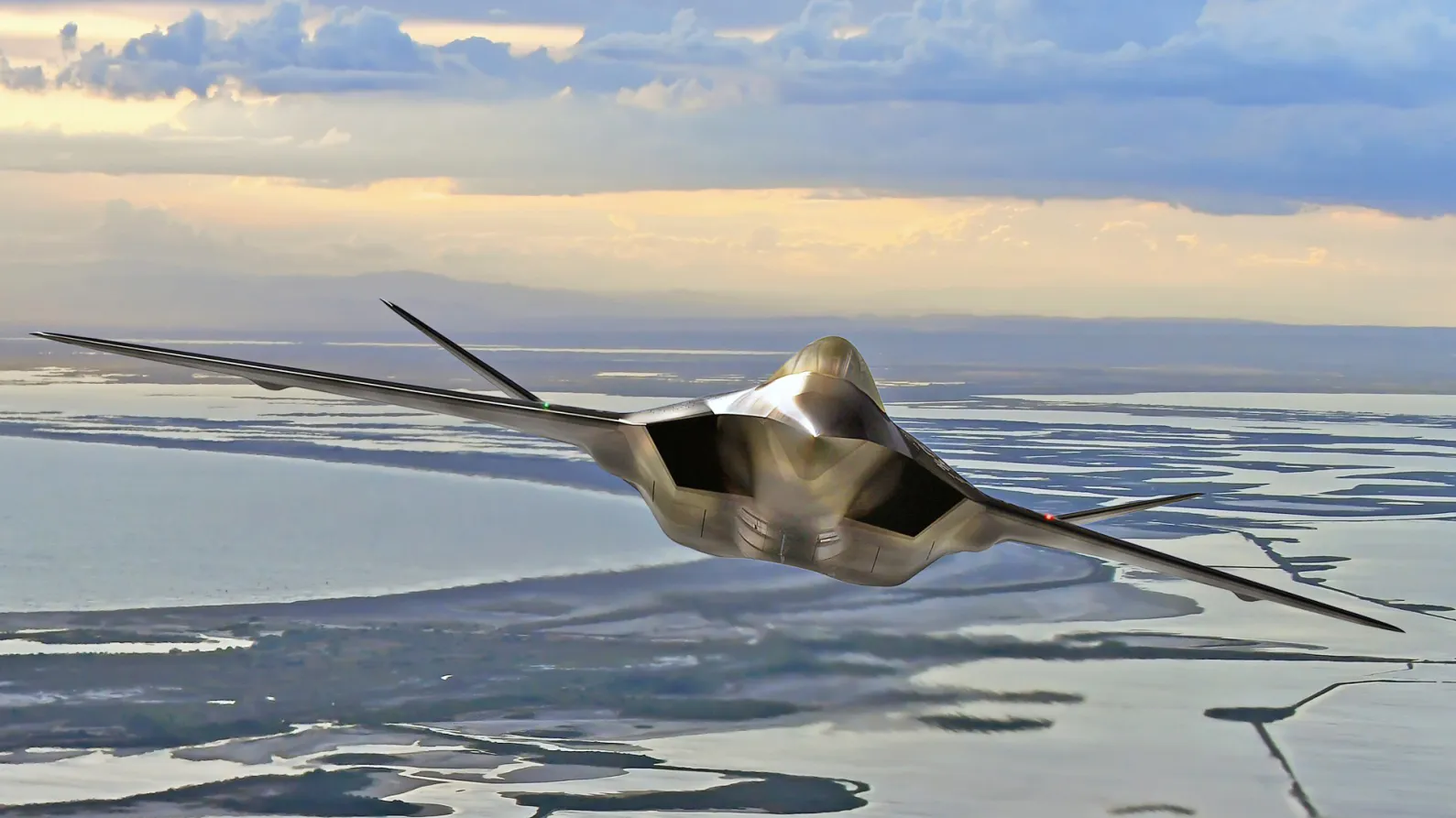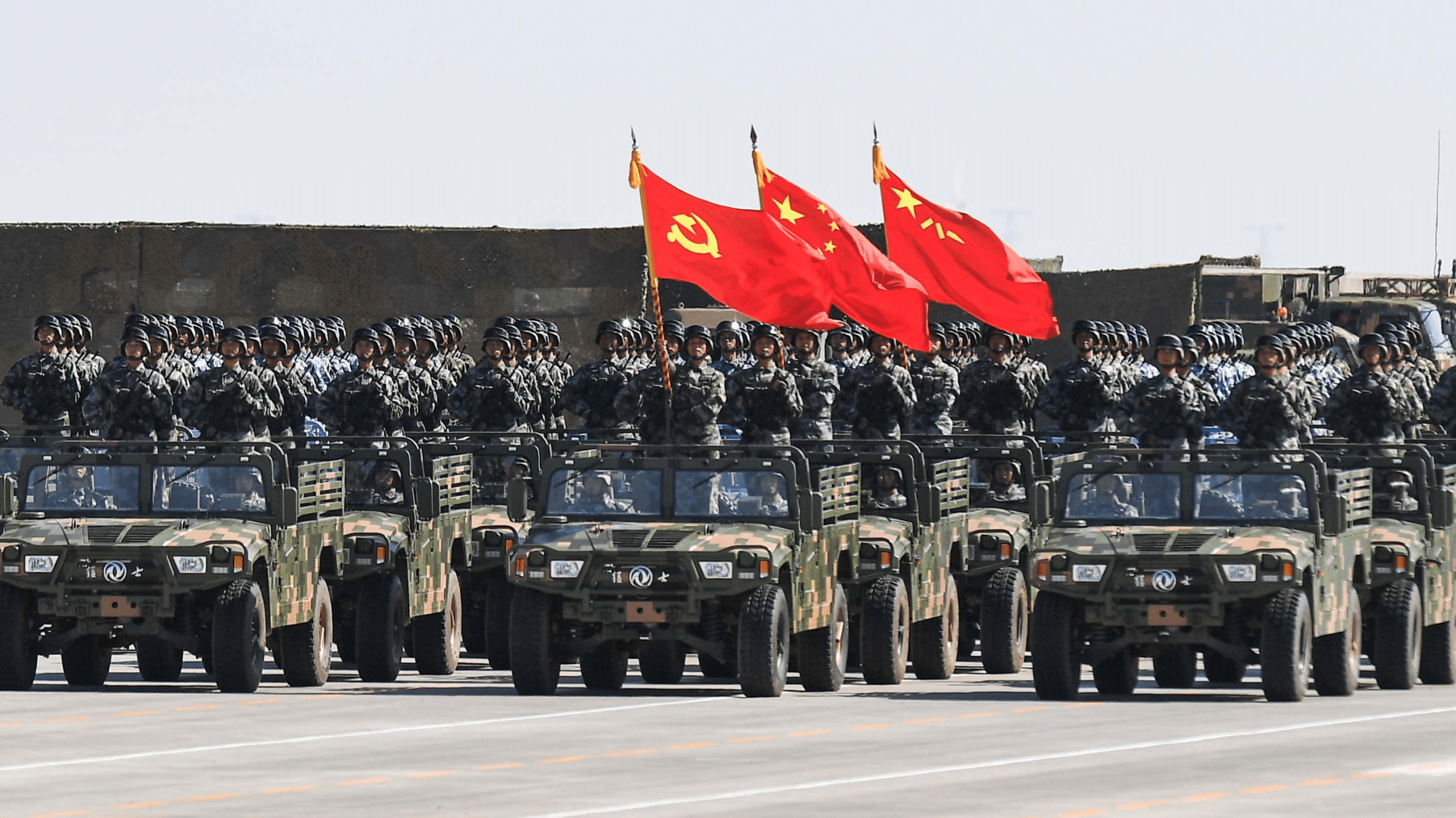Armies have been present in space since the early days of the space race, and its role is increasingly central. Space enables us to see without being seen, communicate everywhere, strike with precision and protect ourselves against modern threats. Today, it is considered a fifth domain of warfare, alongside land, sea, air and cyberspace.
Space has become a major strategic domain, with armies deploying satellites and technologies for intelligence, communication, navigation and now, active and offensive defense.
Space has become an essential strategic domain for the world’s armed forces. Beyond its traditional role in communications and navigation, it is now seen as a theater of operations in its own right, where issues of sovereignty, deterrence and technological superiority are at stake.
Growing militarization
Since the Cold War, satellites have been used for military purposes (intelligence and surveillance). However, the recent creation of the U.S. Space Force in 2019 marks a new era, where space is seen as a potential confrontation environment. This trend is reinforced by the initiatives of other nations, such as China and Russia, which are developing offensive and defensive space capabilities.
Current military space capabilities
The United States is the undisputed leader in military space.
It has spy satellites for global strategic surveillance, secure communications systems for coordination between armed forces, and military GPS, essential for precise guidance of missiles, drones and ground units.
They have also launched missile defense programs, such as GMD (Ground-based Midcourse Defense) and Aegis BMD (Ballistic Missile Defense), designed to intercept ballistic threats.
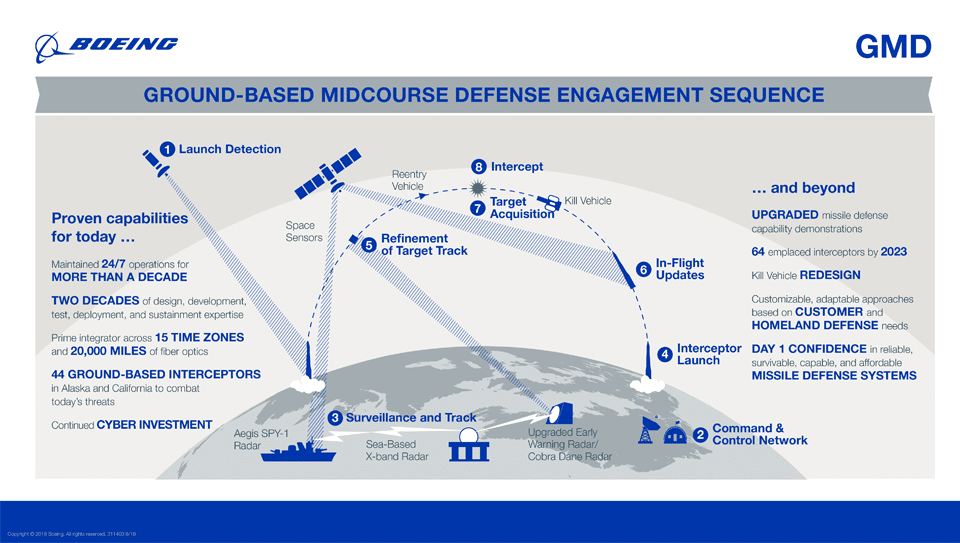
China is rapidly expanding its military presence in orbit.
It operates the BeiDou constellation, a GPS-independent navigation system, and is commissioning reconnaissance satellites for strategic intelligence.
Beijing also demonstrated its anti-satellite (ASAT) capabilities by destroying one of its own satellites in a test in 2007, confirming its intention to be able to neutralize orbital targets.
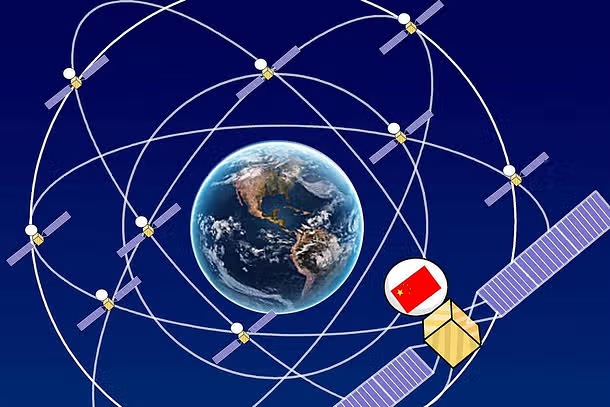
Russia, for its part, relies on the GLONASS system, the equivalent of BeiDou and GPS.
It deploys military satellites for surveillance, communication and command missions, while developing anti-satellite weapons designed to deprive an adversary of its space-based resources.
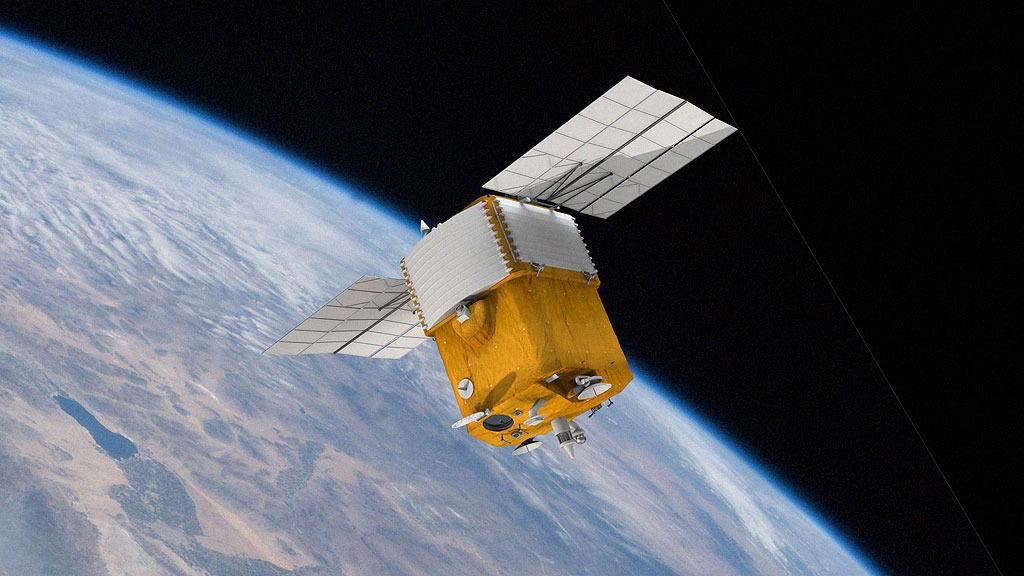
Legal and ethical issues
The militarization of space raises a number of complex questions for the international community:
– Who would be responsible in the event of a blunder, collision or hostile action in space?
– Are current international treaties, notably the 1967 Treaty on Principles Governing the Activities of States in the Exploration and Use of Outer Space, still sufficient to deal with the new technological threats?
– How can we avoid the proliferation of space weapons and an arms race in such a vulnerable area?
Towards a space defense doctrine
Faced with these growing risks, space powers are implementing new defense doctrines adapted to the orbital context. The defense of space assets is becoming a priority, with the aim of protecting military satellites against jamming, cyber attacks or even hostile fire. At the same time, constant space surveillance is ensured to track and catalog objects in orbit, enabling the rapid detection of any suspicious maneuvers. Finally, response capabilities are being developed to neutralize a potential threat in the event of aggression in space.
Space is now a central element of global military strategy. Mastery of space determines the technological and operational superiority of nations. It is therefore essential to develop legal frameworks and cooperation mechanisms to ensure security and stability in this new strategic environment.


